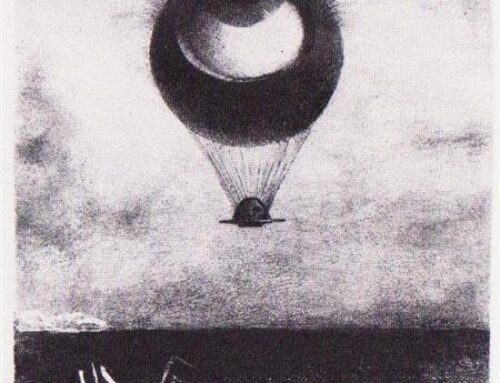The experiments in subject matter and style on the Ceramic Staircase are just as important as those industrial experiments explored in its construction. The emphasis on bringing together art and industry is, at first glance, most obvious in the subject matter chosen for the decoration. John Physick’s succinct account of the decorative scheme describes the subject matter as follows:
The four side panels of the first flight represent Literature, Music and Art. The coved ceiling has a painting showing the Pursuit of Art by Man. […] There are two domes on the landing, one of them with Ceres, Mercury and Vulcan, representing respectively Agriculture, Commerce and Manufactures, grouped round a terrestrial globe; in the spandrels are figures representing Surveying, Painting, Sculpture and Architecture.
Frank Moody, Ceres, Apollo, Vulcan, V&A Museum. Photo credit: Tamara Davidson
The other dome shows Apollo and Minerva and Poetry, Music and Art, grouped round a celestial globe. The figures in the spandrels are Spectrum Analysis, Geometry, Chemistry and Astronomy.
Frank Moody, Apollo, Minerva, Poetry, Music, and Art, V&A Museum. Photo credit: Tamara Davidson
The coved ceiling of the second flight contains an allegorical group of Wisdom seated on a throne, with Ignorance, Superstition, and Apathy, overthrown by Science and Truth.22
Physick also described the third flight, which was left unfinished but includes portraits of Phidias, Michelangelo, Raphael, Titian, Archimedes, Bacon, Galileo and Newton.23 As a finishing touch, the letters ‘S’ and ‘A’ (for ‘Science’ and ‘Art’) can be found juxtaposed or intertwined throughout the scheme [Figure 6].24 There is no denying the message that the Staircase was meant to get across to those that passed through it: the importance of the combination of science and art in the improvement of modern manufacture and design. Thus, the subject matter of the Staircase reflected the message of the Museum’s collection, which drew together art and science exhibits and, ultimately, voiced its educational aims.
h/t Tamara Davidson








Leave A Comment